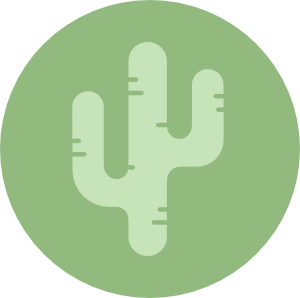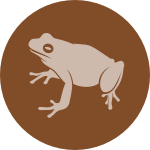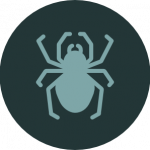DRY DIAGONAL IN BRAZIL
A synthesis of evolutionary processes driving diversification in the dry habitats of Brazil is sorely overdue. In part, this delay is due to its perceived lower diversity than two other Brazilian biomes – the AF and the Amazon – leading to less attention from biodiversity scientists. At ~2.9 million km2 the BDD comprises over 2/3 of the Dry Diagonal as a whole. For plants it is considered a biodiversity hotspot, with 44% of the plant species endemic to the region. Due to mild topography and ease of conversion to agriculture, the Caatinga and Cerrado are more endangered than adjacent mesic forest biomes in South America, with only 20% of the original extent of Cerrado remaining. Yet these habitats comprise an ancient biome that is essential for understanding the origins of biodiversity in Brazil and in South America more generally.
The Dry Diagonal has its origins in the deep history of South America, beginning nearly 50 MYA and likely influenced by several factors including the orogenesis of the Andes, an increase of weathering
during humid phases of the Late Eocene, and climatic cooling during the Late Eocene to Middle Oligocene36. In contrast, the Chaco, the southernmost extension of the Dry Diagonal, is a subtropical extension of temperate vegetation of southernmost Andes and extends only slightly into Brazil. The Caatinga and Cerrado comprise over a 1/3 of the area of Brazil, and collectively contain diverse micro- and regional habitats, soil types, precipitation regimes and seasonal cycles. Caatinga, the topic of a new book, is a seasonally dry forest that is currently drier, more seasonal and contains more fertile soils derived from calcareous rocks than Cerrado. By contrast, Cerrado, a savannah habitat, is wetter, less seasonal, and has relatively poor soils4. The BDD has important phylogenetic connections with the Chaco30, but in terms of climate stability shares more similarity to dry regions elsewhere in South America than to Chaco. Here we focus on the diversity of connections between Cerrado and Caatinga, in the context of adjacent biomes in Brazil
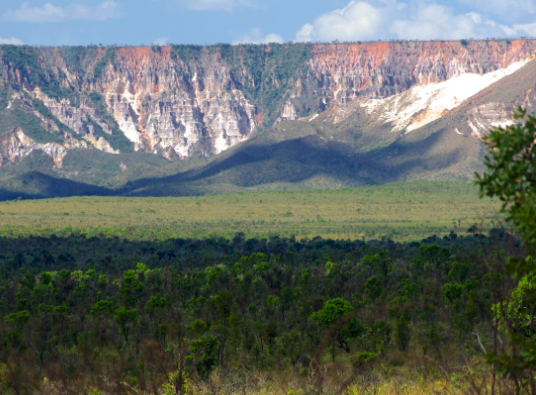
Lorem ipsum dolor sit amet, consectetur adipiscing elit. Ut elit tellus, luctus nec ullamcorper mattis, pulvinar dapibus leo.
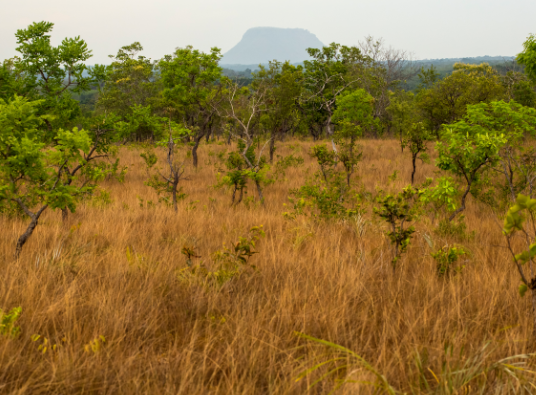
Lorem ipsum dolor sit amet, consectetur adipiscing elit. Ut elit tellus, luctus nec ullamcorper mattis, pulvinar dapibus leo.
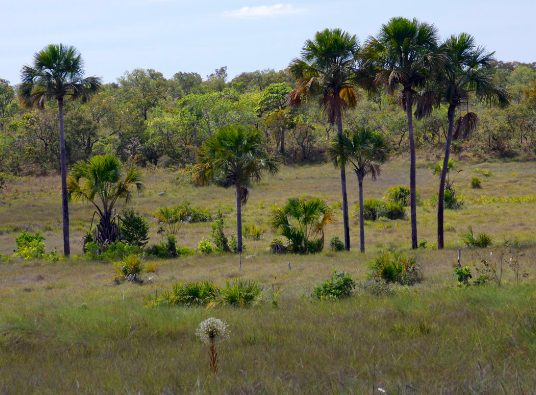
Lorem ipsum dolor sit amet, consectetur adipiscing elit. Ut elit tellus, luctus nec ullamcorper mattis, pulvinar dapibus leo.
STUDIED ORGANISMS
Birds

Lizards
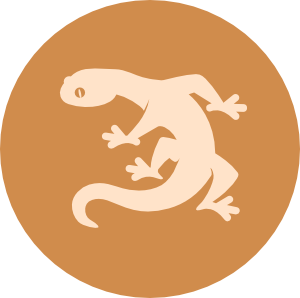
Frogs
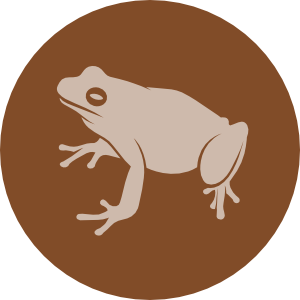
Spiders
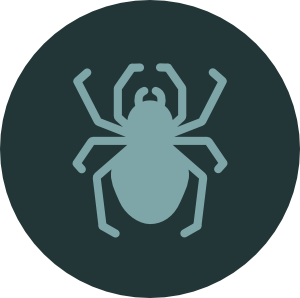
Fungi
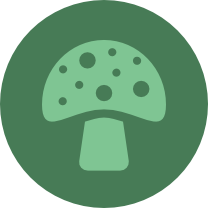
Cacti
